Inferior wall infarction
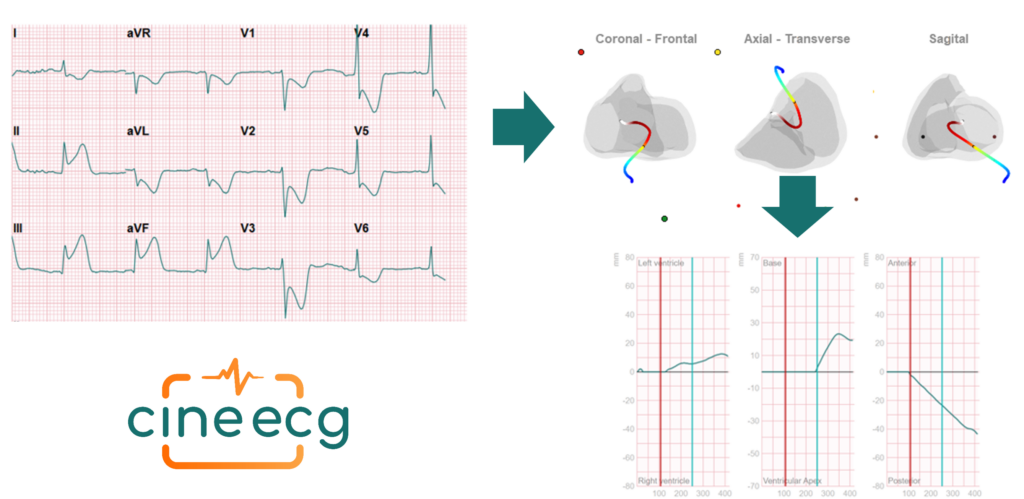
In this blog we will address a case of identifying a specific case of a heart infarct, in particular an infarct in the lower part of the heart (Inferior wall infarction ; RCA distal to the RV branch)
Extensive anterior wall infarction
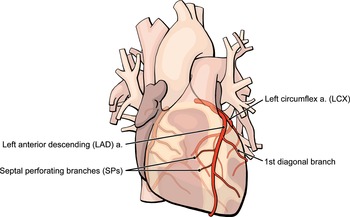
In this blog we will address a case of identifying a specific case of a heart infarct, in particular an infarct in the front part of the heart (Extensive anterior wall infarction).
ECG waveforms tell more than amplitudes
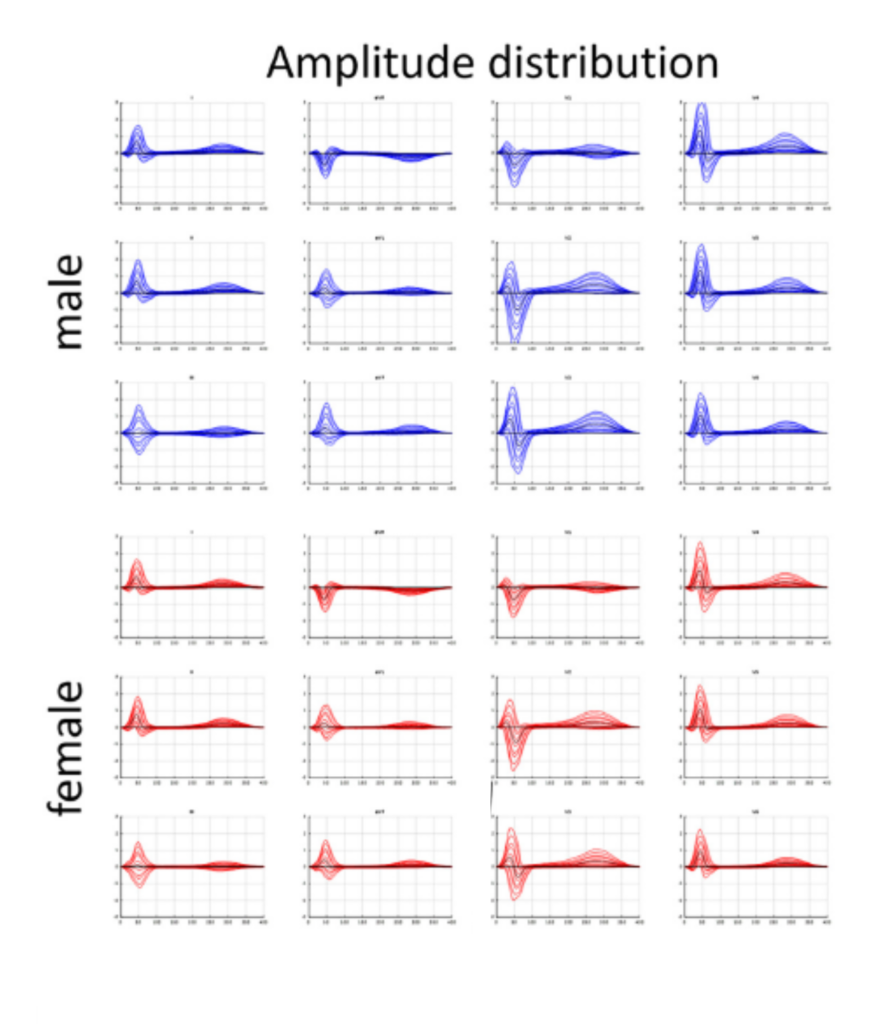
In ECG interpretation identifying abnormalities is the focus and the ECG amplitude is one of the focal points but in this blog we raise the question do ECG waveforms tell more than amplitudes?
Coronary vascular dysfunction
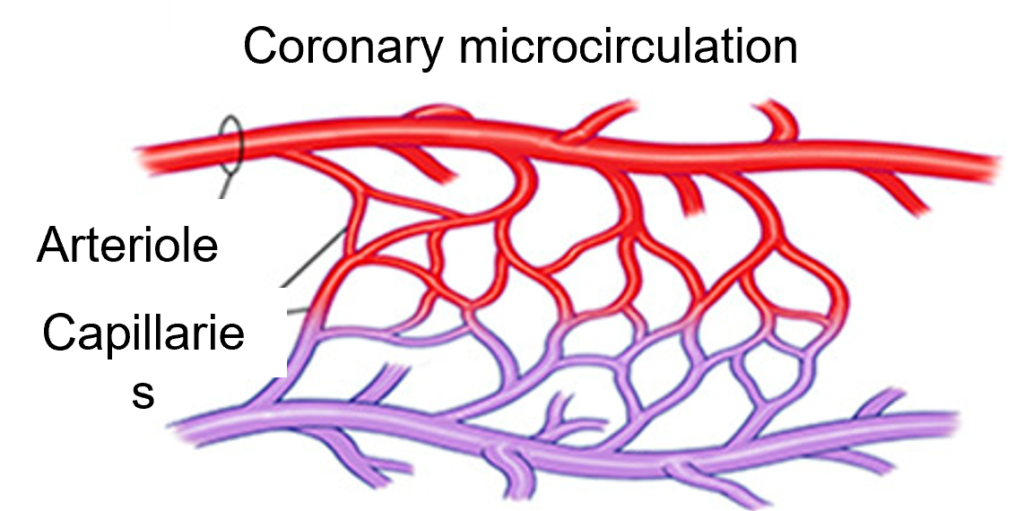
Coronary vascular dysfunction is a sometimes difficult to identify heart problem which in majority occurs with females. ECG interpretation supports effective detection
Early detection of Atrial Fibrillation signals
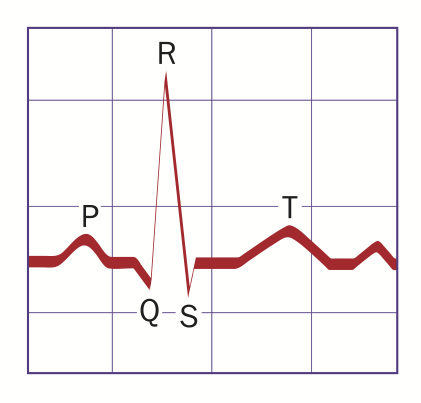
In last week ISCE conference a poster session was focused on early detection of Atrial Fibrillation signals. CineECG makes this possible
More female cardiovascular deaths than male

Identifying ischemic changes during ventricular activation and repolarization is one of the challenges physicians face
ISCE is a special event for CineECG

Identifying ischemic changes during ventricular activation and repolarization is one of the challenges physicians face
Ischemic changes during ventricular activation

Identifying ischemic changes during ventricular activation and repolarization is one of the challenges physicians face
Spatial QRS-T angles to indicate CVD risk
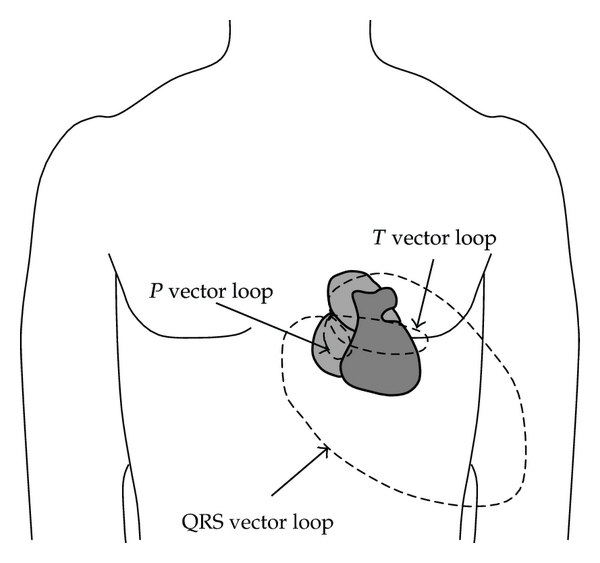
A recent article in Nature Communication presents further insights regarding using spatial QRS-T angles to indicate CVD risk.
ECG based tracking of conduction changes

The Electrocardiogram today is mainly used in a static type of analysis, but what about using ECG based tracking of conduction changes?